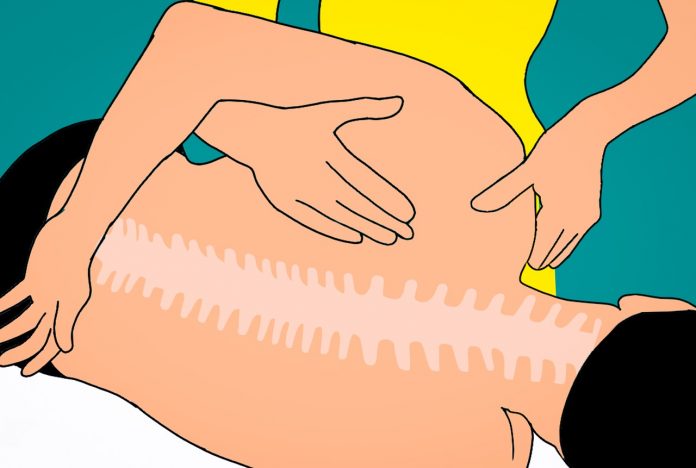Spinal Cists
Spinal cysts are relatively common, can come in a variety of classifications, and many of us will develop these cysts at some point in our lives. They are most often benign (non-cancerous) fluid filled sacs that grow in the joints of our spine due to degeneration.
They only become a problem when they grow large enough to compress or pinch spinal tissues, nerves, or the spinal cord in our back. They may also contribute to the cause of spinal stenosis. Spinal stenosis is a narrowing of the spaces in our spine and can be caused by cysts, bone spurs, and tumors just to name a few.
When these cysts do become a problem your symptoms will depend on where it is located and just what it is doing to cause these symptoms.
A spinal cyst is diagnosed using an MRI, but other tests such as X-rays, CT scans, or other type of diagnostic tests can be used to examine the spine for any degeneration.
Most times a spinal cyst will respond very well to non-surgical treatments, but if they do not surgery may be necessary to relieve pain. Most often surgery for a spinal cyst comes in the form of a Microdecompression. A Microdecompression procedure is minimally invasive and only requires a small incision into the back. It should be noted that it is possible for the spinal cyst to grow back; if this where to happen there are other options available to you to reduce the chances of it reforming a 3rd time.
Spinal Tumors
Spinal tumors are not very common at all and can either be non-cancerous (benign) or cancerous (malignant) growths that occur in the spinal cord or between the bones in your spine. They also can form in any part of the spine, from the neck (cervical), middle of your back (thoracic), to the lower back (lumbar).
When these tumors grow in the spine or spinal cord there is a chance that they will spread to other parts of the body via the arteries, veins and the lymphatic system. So whether they are cancerous or not they can be very dangerous.
Just like with a spinal cyst, spinal tumor symptoms will depend on where the tumor is located and what damage it is causing in the spine.
Since these tumors can be very dangerous action must be taken swiftly in treating the tumors before they cause permanent nerve damage.
Unfortunately there is no conservative treatment for spinal tumors. If a spinal tumor is detected before it can begin to cause any symptoms it may be possible to just monitor the tumor to make sure that it is not growing in size or pressing up against tissues, nerves or the spinal cord. If it is not growing and not compressing anything it can be left in the body.
If you are experiencing pain, surgery is often the first step in treatment. If after surgery there are remnants of the tumor still in the body radiation therapy can be used to help eliminate it.












